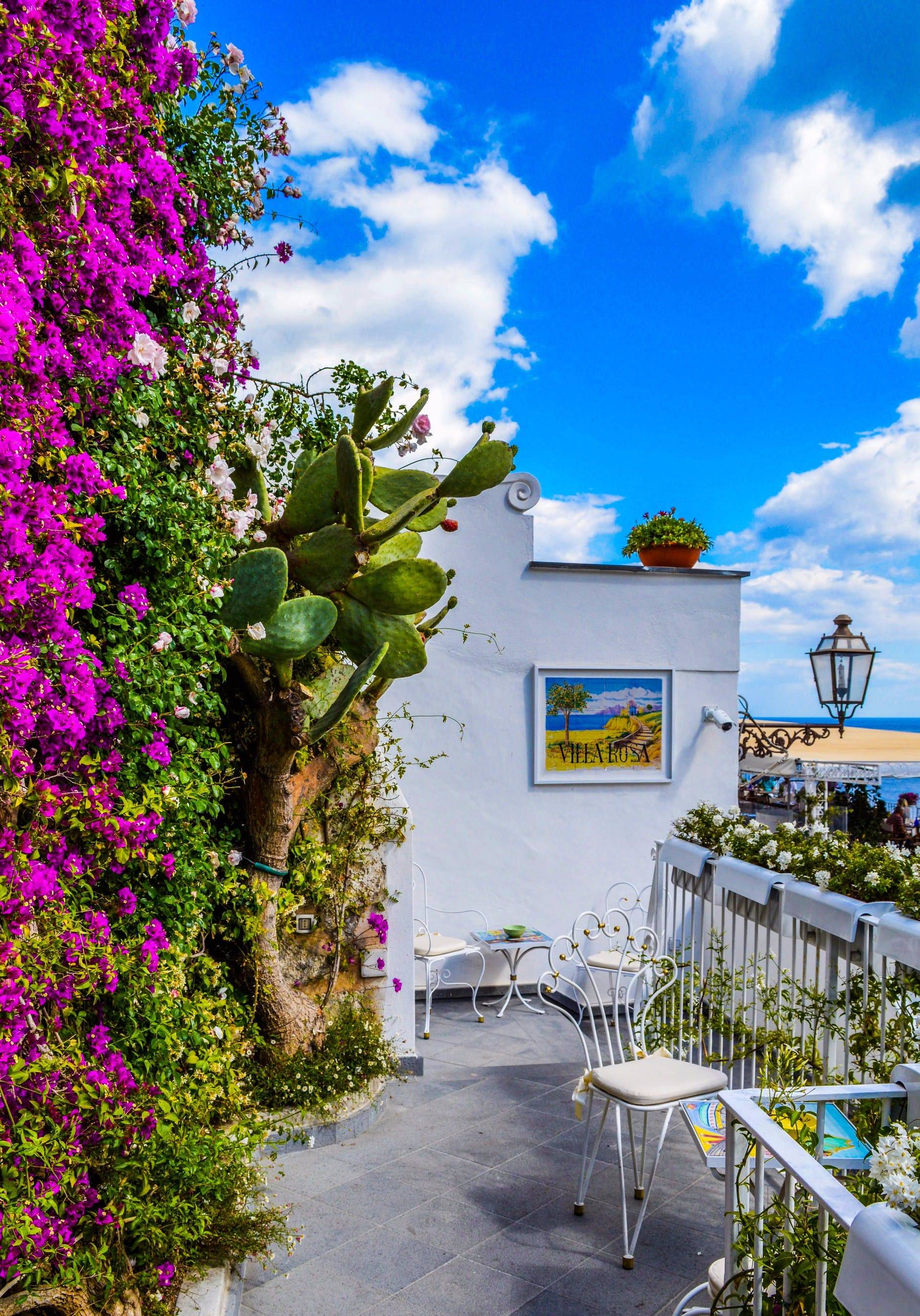Capturing compelling visuals involves more than just pointing and shooting. The position of the camera plays a crucial role in how a scene is perceived, conveying emotions, emphasizing details, and immersing the audience in the story being told. Let's delve into eight key camera positions, their significance, and the ideal situations for their use.
1. Eye-Level Angle:
- Position: The camera is placed at eye level with the subject.
- Reasons/Situations:
- Creates a natural and relatable perspective, mirroring how we see the world.
- Ideal for standard conversations, portraying characters as equals, and establishing a connection between the audience and the subject.
2. High Angle:
- Position: The camera is positioned above the subject, looking down.
- Reasons/Situations:
- Emphasizes vulnerability or submission in the subject.
- Used to portray characters as weak, small, or at the mercy of external forces.
- Commonly employed in scenes depicting fear, helplessness, or to highlight a character's lack of control.
3. Low Angle:
- Position: The camera is placed below the subject, looking up.
- Reasons/Situations:
- Enhances the subject's authority, power, or dominance.
- Used to make characters appear larger than life, heroic, or imposing.
- Often seen in superhero movies, epic battles, or to convey a sense of awe and admiration.
4. Over-the-Shoulder Shot:
- Position: The camera is placed behind one character, looking over their shoulder at another.
- Reasons/Situations:
- Establishes a sense of connection and intimacy between characters.
- Used in dialogue scenes to show reactions, interactions, and create a sense of spatial awareness.
- Commonly employed in conversations, confrontations, or to portray the dynamics between characters.
5. Bird's Eye View:
- Position: The camera is positioned directly above the scene, looking down.
- Reasons/Situations:
- Offers a comprehensive view of the setting, emphasizing patterns, movements, and relationships.
- Ideal for establishing shots, showcasing landscapes, or mapping out the spatial layout of a location.
- Often used in action sequences, crowd scenes, or to provide a strategic overview of a situation.
6. POV (Point of View) Angle:
- Position: The camera is positioned to mimic the perspective of the subject.
- Reasons/Situations:
- Immerses the viewer in the scene by presenting it from the character's viewpoint.
- Creates a sense of immediacy and involvement in the action.
- Commonly used in first-person video games, action sequences, and experiential storytelling.
7. Canted Angle/Sideways Angle:
- Position: The camera is tilted horizontally to create a slanted composition.
- Reasons/Situations:
- Adds a sense of tension, imbalance, or a surreal quality to the shot.
- Can convey a sense of disorientation, confusion, or instability.
- Often used in avant-garde filmmaking, dream sequences, or to create a stylized visual effect.
8. Extreme Close-Up:
- Position: The camera is positioned very close to the subject, capturing fine details.
- Reasons/Situations:
- Highlights specific features, emotions, or details of the subject.
- Intensifies the viewer's focus on a particular element within the frame.
- Commonly used in product shots, emotional close-ups in films, or to create a sense of intimacy.
Understanding these camera positions and their purposes can significantly enhance your visual storytelling abilities. By strategically choosing the right angles for each scene, you can evoke specific emotions, emphasize key elements, and immerse your audience in the world you create. Experiment with these positions to elevate the impact of your photos and videos, bringing your stories to life in a more engaging and immersive way.


